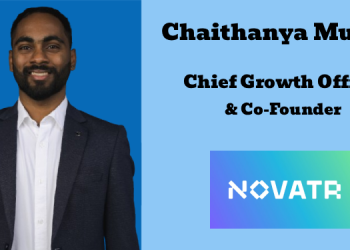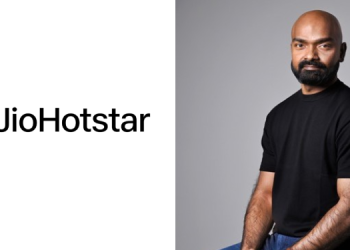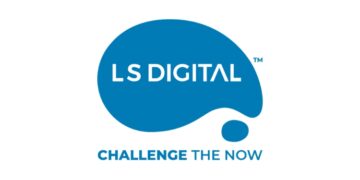Aashish Washikar, Head, Corporate Communication, Maveric Systems
Our digital life in 1 second as of today – over 6000 tweets generated, 81.332 videos viewed, 2,853,782Emails sent and 78,491 Google searches made! This humongous amount of data being generated, usage of technology and analytics to manage the reputation of the company is not a choice but compulsory. In this blog, I try to see how can various technology enabled tools can be used to create an efficient strategy and eventually track the metrics to make a super successful PR campaign.
Trends and insights:
Google has now become the ubiquitous source of information for everyone who is seeking to find it and there is a race to reach the top of the search listing. Not only that, when visitors come to the company’s website or visit a news website, it is important that relevant information about your company needs to be reflecting appropriately. Robust content strategy is the answer to this to achieve this.
Using Google trend analysis can help you understand the search trends, which will eventually give you insights on the keywords that people are using to arrive on the website that they are looking for.
Analytics tools such as Hubspot, Quantcast,etc.. can easily analyse the traffic to a website and give information on the demographics, lifestyle, interests and more.
Voice is the future
Alexa and Google Minis of the world have added another interesting angle to understanding the trends and insights – voice. Voice-based applications and voice-based searches are another way in which people are consuming information. While analytics of voice is still at a nascent stage, I feel it will not be too long when people will start considering this as a key input while planning a communication campaign.
There is an interesting term called ‘Prescriptive Analysis’. This is a combination of various methodologies of predictive data analytics and descriptive analysis of available data. Voice and data from traditional sources can be combined here and great insights could be arrived at. For prescriptive analysis to work effectively in an organization, all the systems such as marketing automation tools, social media listening tools, and CRM tools must be talking to each other and needs to be able to create a consolidated dashboard.
While descriptive analysis helps in analysing the available data, such as traffic, keywords, and format of the content, predictive analysis helps in anticipating the results.
I believe measurement and tracking the KPIs is another area where technology and analytics will play a key role. Long gone are the days when Advertising Value Equivalent (AVE) was the metric to measure the success of a PR campaign. Collecting the insane amount of data using various efficient tools that are available today it’s an easy task.
Let’s look at some of the metrics can you can track –
1. Traffic generated: With Google Analytics(GA), traffic generated by a PR piece can be easily tracked. What more, you can set a goal in the dashboard of GA to track the referral traffic
2. Social Media: That PR piece that you got published is definitely a good read if a lot of people share it. A lot of social media listening tools, such as Meltwater, Salesforce Radian6 give the communications team access to social media data. This could be a great way to measure the quality of the content
Tracking the traffic and conversion are in my opinion one of the critical metrics for a PR campaign which will eventually help the communications team of the organization effectively and efficiently plan future campaigns. With the rapid development of an adaptation of data analytics and related tools, it will be interesting to watch how communicators evolve themselves.
Authored Article by: Aashish Washikar, Head, Corporate Communication, Maveric Systems
(The views expressed in this article are own and does not reflect that of MediaNews4U)

















